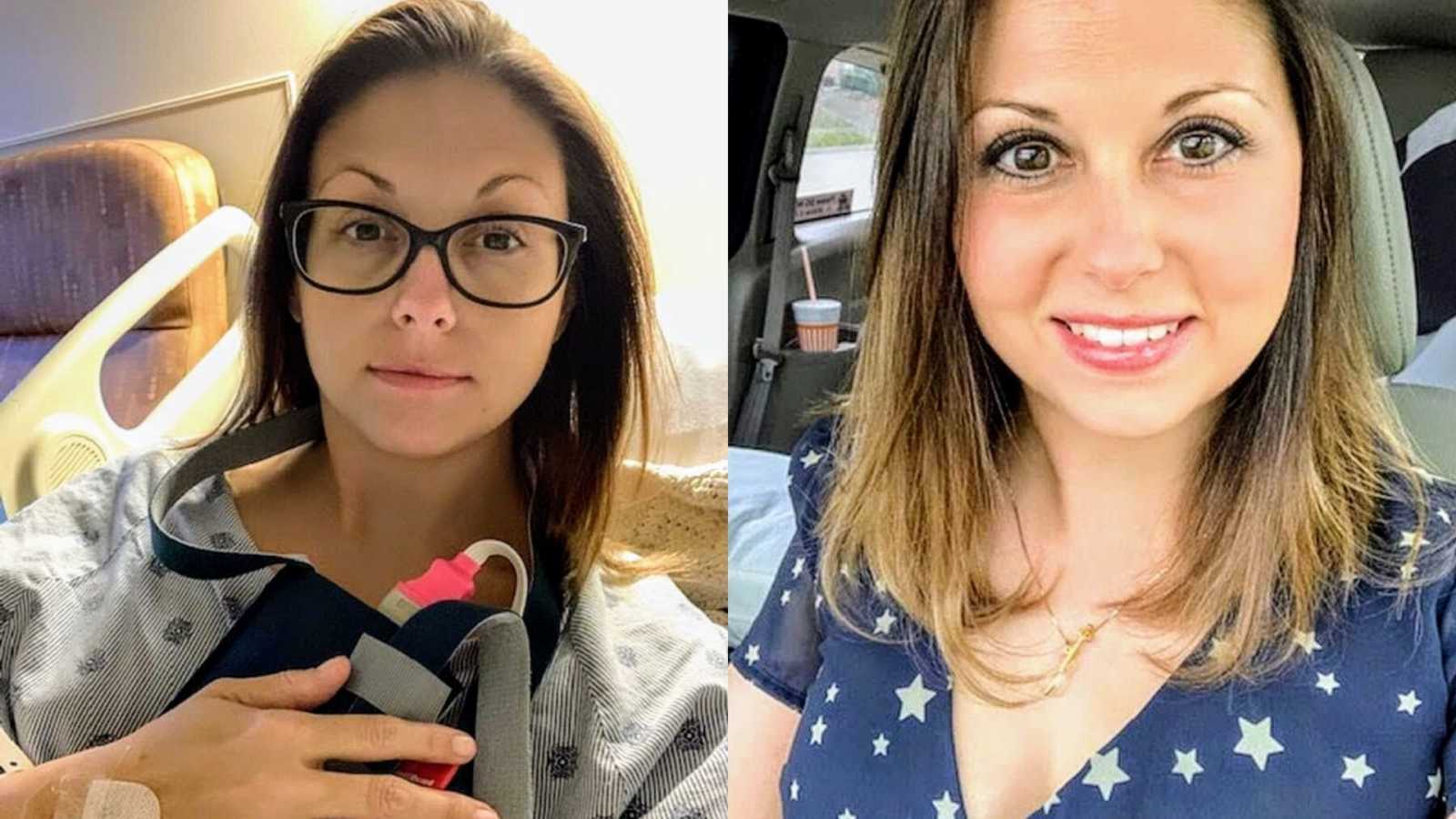“‘If I were picking teammates for anything, you’d be my last pick,’ I hear coming through the phone during my appointment with my nephrologist. It’s OK, really. He’s allowed to talk to me like this in a humorous manner, being the doctor who has been with me the longest. ‘Seriously, if I saw you in person anywhere, I would say you were a perfectly healthy woman, but on paper you would terrify any doctor.’
My kidney doctor has known me since 2007 when I moved back to Houston not long after being diagnosed with my kidney disease at the Mayo clinic. He has seen me through the majority of the medical rollercoaster that is my life. Not to mention the personal drama of my divorce, remarriage, surrogacy, premature son who has special needs, and a lot more.
My life wasn’t always so dramatic. Sure, I came into this world terrifying my mother via emergency c-section, cord wrapped around my neck and a hole in my lung that mysteriously healed itself in the span of 24 hours. But after that, I was totally normal, I swear. Your typical suburban kid in a large city, maybe a bit uncoordinated, being the only one in middle school to not make the volleyball team one year. I also had asthma throughout my adolescence, but in Houston, that’s like saying, ‘I have brown hair.’
It really wasn’t until college that I started a journey I would have never predicted for my life and certainly would not have wished on anyone else. A series of unfortunate events of bizarre medical incidents, which turned into a never-ending sea of doctors visits, tests, scans and hospitalizations varying from a retinal detachment to head/neck surgery, and a plague of kidney stones.
Eventually, I would discover the name of the genetic condition that was the underlying cause of all of these mysterious medical occurrences I had been struggling with for years. Ehlers Danlos Syndrome. A connective tissue disease that works similarly to an autoimmune disease, except instead of attacking your immune system, it attacks all the connective tissue in your body. This includes joints, spinal cord, and the minor addition of ALL of your organs. Jackpot! I could write a book just based off that journey alone, but there was so much more to come.
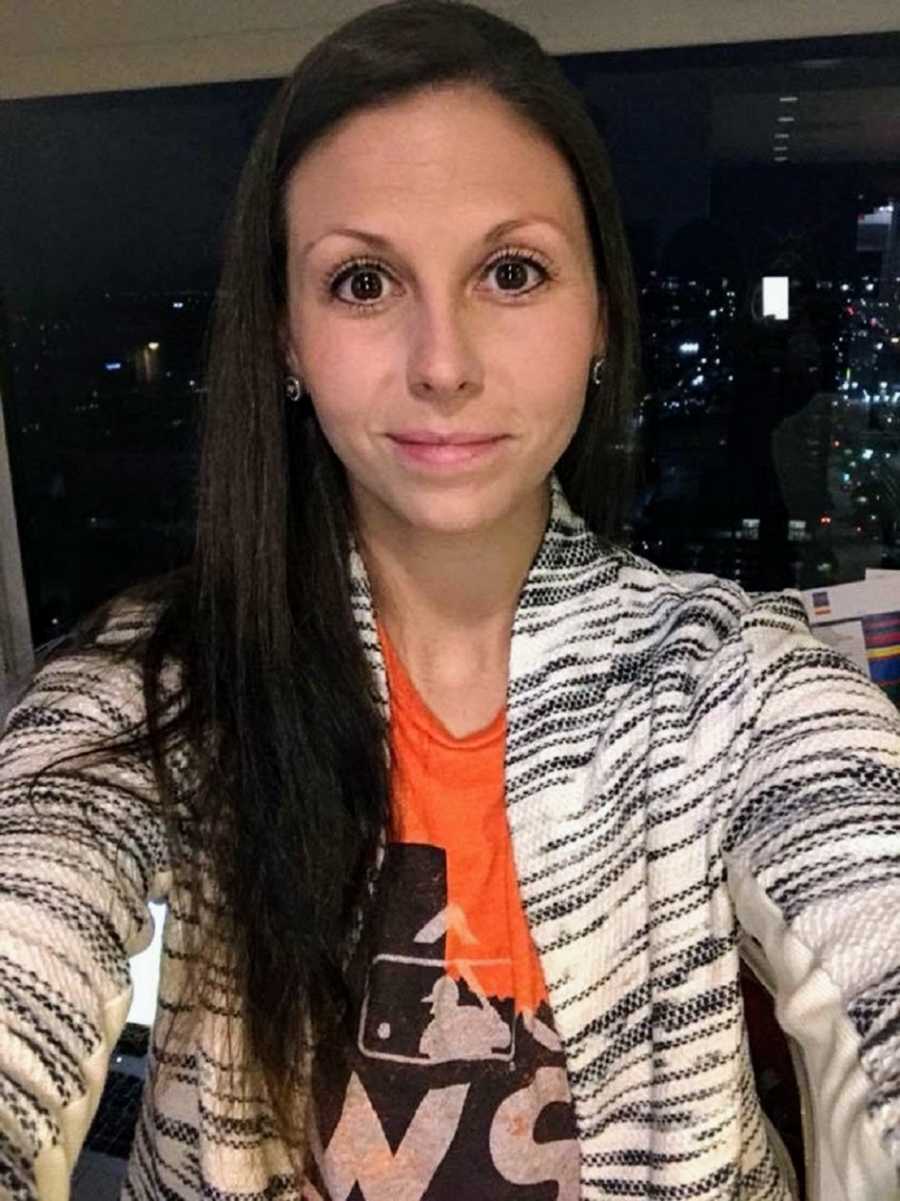
It took some time for me to adapt to my new normal of being a ‘sick girl.’ Just knowing the name of my disease was half the battle. Preparing for a life of lost plans because my health would interfere, fewer friends (because who wants to deal with all this when they have their own stuff going on?), and overall the sense of missing out, both physically and emotionally are very draining and take time to come to terms with. That’s not to say I never had my moments of pushing the envelope, which I later would pay for, but my push was just a little weaker now.
After over 10+ years since the start of everything, I was in a good place. I was balancing a happy life of husband, kids, friends, a job I loved, and routine. Everyone knew their part to play, and if something happened, we had a plan in place. At this point, I had my doctors’ cell phone numbers for when I needed to go to the ER, so I wouldn’t have to wait around. Everything just became second nature. Another ‘to do’ on the checklist of ‘what if’ scenarios of our lives.
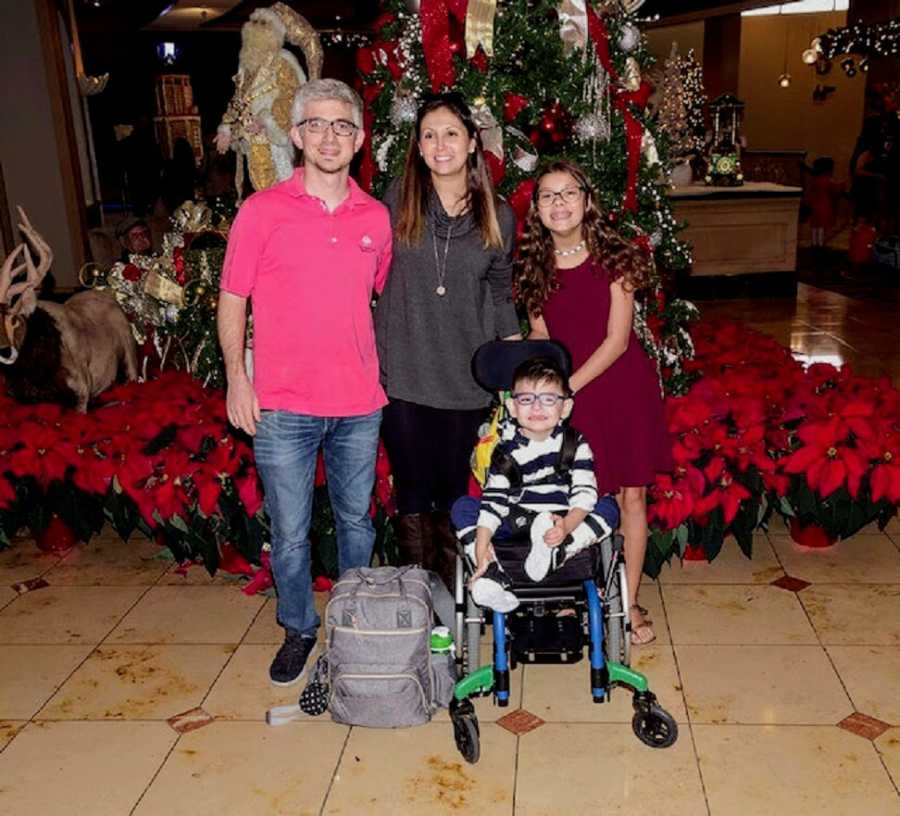
I had fortunately grown up with a family full of humor. Without a sense of it, there’s really no survival in my family. You have to be quick witted and able to take some punches. I think that’s why I was able to cope so well initially. I was grateful my upbringing enabled me to keep what we call in our family ‘the happy gene’ going through tough times. There was always this running joke: ‘Maegan would outlive us all, because she had a lot of things she would die with but not from.’ At first, it irked me, as it felt like my suffering was being undermined, but I knew it was never the intent. The point was I had a ton going on, and I was strong as hell. I would continue to fight, and overcome, with a smile on my face, just as I always did.
Fast forward to 2 years ago and that’s when the sweating started. I noticed I was increasingly sweating at an alarming rate, even for a woman with no ovaries or uterus at the age of 35. I found myself getting up in the middle of the night to change because I was drenched. Yes, I know. It was disgusting!
These attacks would be coupled with my inability to go back to sleep and uncontrollable rapid resting heart rates where even with lying down for an hour, I couldn’t get my heart rate under 120 beats per minute. After calling my nephrologist (who I treat more like my PCP), he referred me to endocrinology thinking sweating was more their area of expertise. After going in and giving a measly 16 viles of blood (apparently you can take that plus more!), my results were in showing my body made exactly zero cortisol — a hormone your body needs to regulate stress. Any stress to be exact – illness, injury, and emotional stress.
My doctor then had me go in for an ACTH test to see if my body would essentially retain large amounts of cortisol given. They would give me a large dose of the hormone and check my blood every 30 minutes for a few hours to see how my levels sustained. After this, it was confirmed that my levels never even got close to normal and declined quickly, thus confirming I had Primary Adrenal Insufficiency aka Addison’s disease. Most well known for JFK who also had the condition. My Ehlers Danlos had really done it this time: it attacked my adrenal glands.
Initially, in the moment, my reaction was, ‘OK ya’ll – just add it to the list! File it between Chiari and Medullary Sponge Kidneys and I’ll be on my way.’ But when my doctor came in to talk about the condition with me, something felt different. She was way too serious for my taste, and her tone was a balance between solemn and harsh. She was about to give me a serious dose of reality with a downpour of information. The adrenal glands control cortisol and aldosterone. Addison’s eliminates your cortisol, which in turn can impact your aldosterone and affects other major blood levels such as your glucose, potassium, and sodium.
I thought to myself, ‘Well, at least that explains why I have had to take massive potassium horse pills for so many years!’ I would now need to take steroids for the rest of my life. So, that size 4 I still fit into… yeah, that would be gone forever because steroids cause all sorts of fun side effects! The first being weight gain and swelling and the inability to ever feel full. Next up, she handed me an injection kit. I was not allowed to go anywhere without it. It needed to have instructions included in case a stranger needed to administer it.
‘Oh, yeah, and here’s a website where you purchase medical bracelets.’ This needed to be worn at all times indicating that I had Addison’s disease and in case of emergency, I needed to be injected with 100mg of hydrocortisone immediately. ICE didn’t just mean in case I was in an accident with injuries that put my body under stress (or in the Addison’s world ‘in crisis’). At any moment, my body could go into crisis and I could collapse, have seizures and a bunch of other fun things to go along with that, including death.
From now on, if I needed to travel on a plane, go to a theme park or large concert, or basically be around any large crowds, I would need to wear a mask. Especially during flu season. If traveling, I had to bring Lysol with me on the plane and wipe down the area I would be sitting in.
At this point, I was looking around like, ‘Is this woman for real?’ Are there hidden cameras somewhere? She has to be kidding me, right? Is this really that big of a deal? The doctor, clearly seeing my expression, as I wear my emotions on my sleeve at all times, looked me straight in the eye and said, ‘Listen, people with this disease have died from a minor dental procedure. If not treated and monitored properly, it will kill you.’
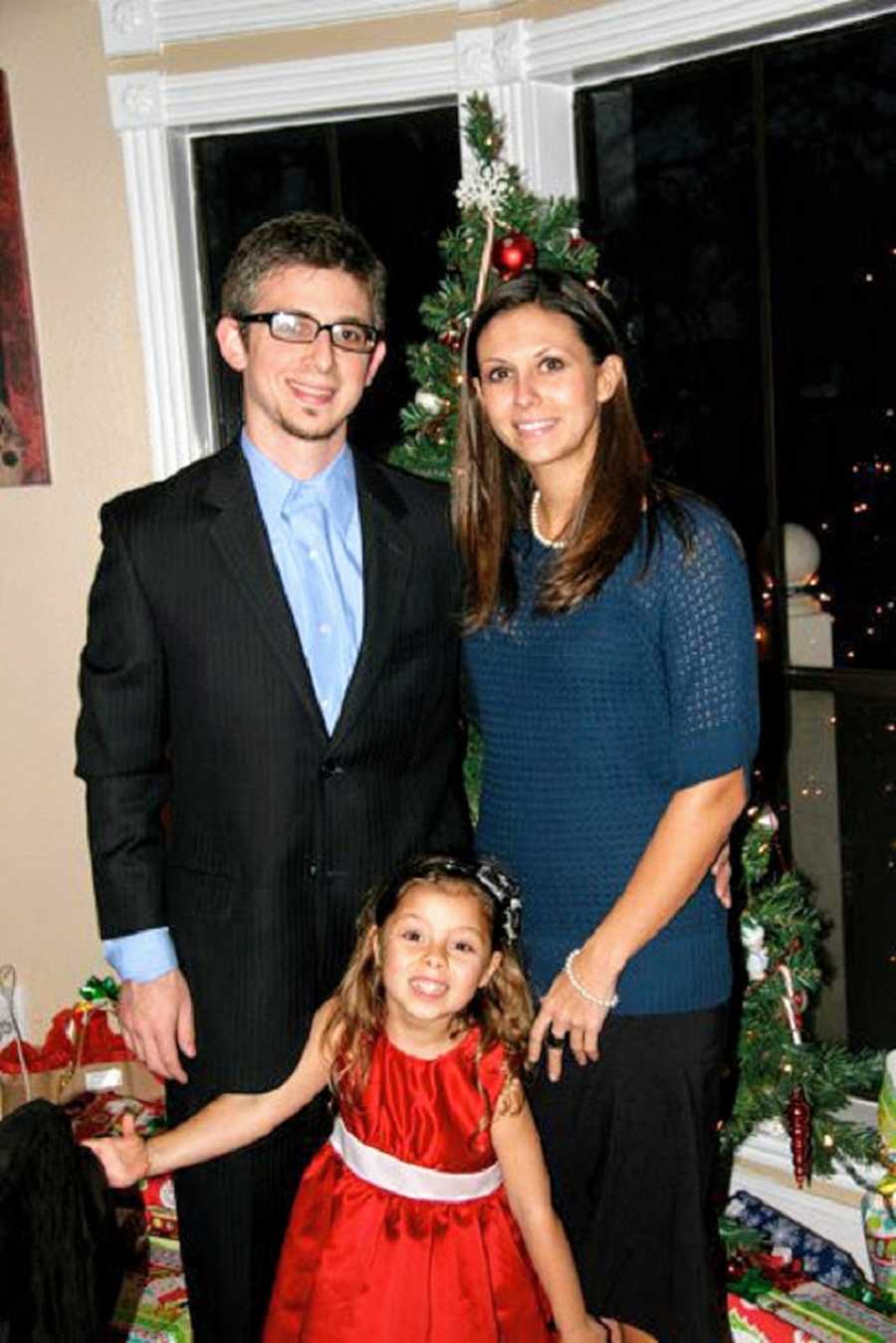
Fast forward 1-2 months later. It’s happening. I get my first dose of what this disease can really do. After being exposed to my sons’ RSV, but not showing one single symptom of illness, my heart rate was out of control. I was unable to eat because of severe stomach pain anytime I would even take a sip of water, sweating uncontrollably again and weak.
After a visit to the minor ER and having blood work taken, I was immediately transported to the hospital and designated as being in an Addison’s Crisis. My body was shutting down because of the virus and my steroids were not doing the trick as the standard dose I take daily is just to keep me going when I am healthy. However, when your body is under attack, you have to increase your steroid doses by double to help it fight. This crisis would keep me in the hospital for 5 days. My normal steroid dose in pill form of 30 mg a day was increased to 300mg a day via IV.
Needless to say, I blew up like a balloon. So much so that a friend of mine had to run to Walmart to get me clothes that would fit me. My sodium and potassium levels were so dangerously low I also needed IV potassium. For those who don’t cringe at reading that phrase, it’s the most potent thing you can receive. I compare the feeling of IV potassium to injecting fire directly into your veins. It was a painful, exhausting experience.
After a grueling, lonely 5 days in the smallest hospital room I have ever seen, I returned home 40 pounds heavier which was a major hit to the ego. I was angry at my body for being the asshole it was, grappling with the way I looked now and wondering how I could possibly keep going. I had officially reached my breaking point of no return. How much more could one person take? Here I was 35 years old, trapped in an 80-year-old body; I passed over 140 kidney stones; I had 27 surgeries, I suffered from daily chronic pain of the joints, back, and kidneys with an endless list of medical diagnoses.
All that was left was to give up. I had reached my breaking point. When upon my return home I took one look at my son. 2 years old, born at 24 weeks, fought in the NICU for 185 days, survived a bowel perforation, two bouts of sepsis, blood clot, bilateral brain bleeds (this list goes on forever), and came out stronger than ever. Here he was, just coming off oxygen after being on it for the RSV virus, sitting in his chair receiving his feed through a tube in his stomach, unable to walk or talk or eat, but just as happy as could be. Not a care in the world about anything he deals with, and I could see in that moment, it didn’t matter what his disabilities were, because every day he wakes up with a smile on his face and we celebrate his abilities.
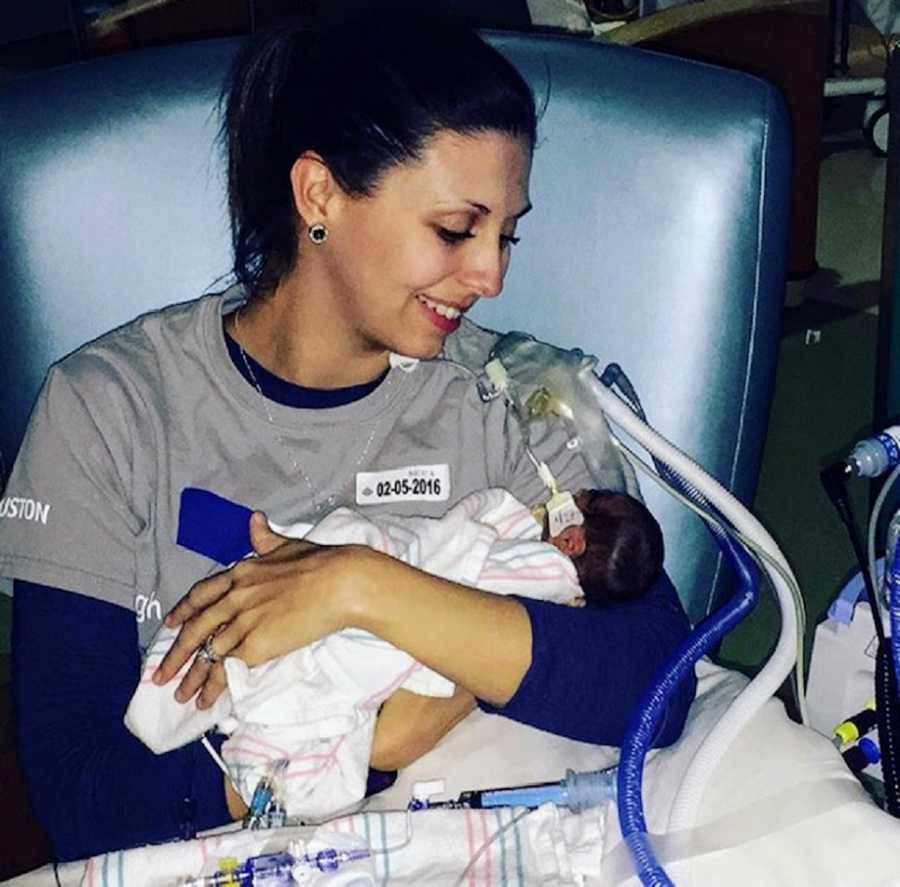
I was reminded of truly how lucky we were to have him and how nothing would ever stand in his way. I realized I needed to take a look in the mirror apply the same logic to myself. Here I was, a mother of 2, in a beautiful home, with close family and friends who were there for me when I needed, a job that was beyond accommodating to my situation, and so much more. I was able to work, as many with my conditions are not, I was able to do projects around the home, go on trips with my family, have hobbies, spoil my kids… I am able. Period. I. Am. Able.
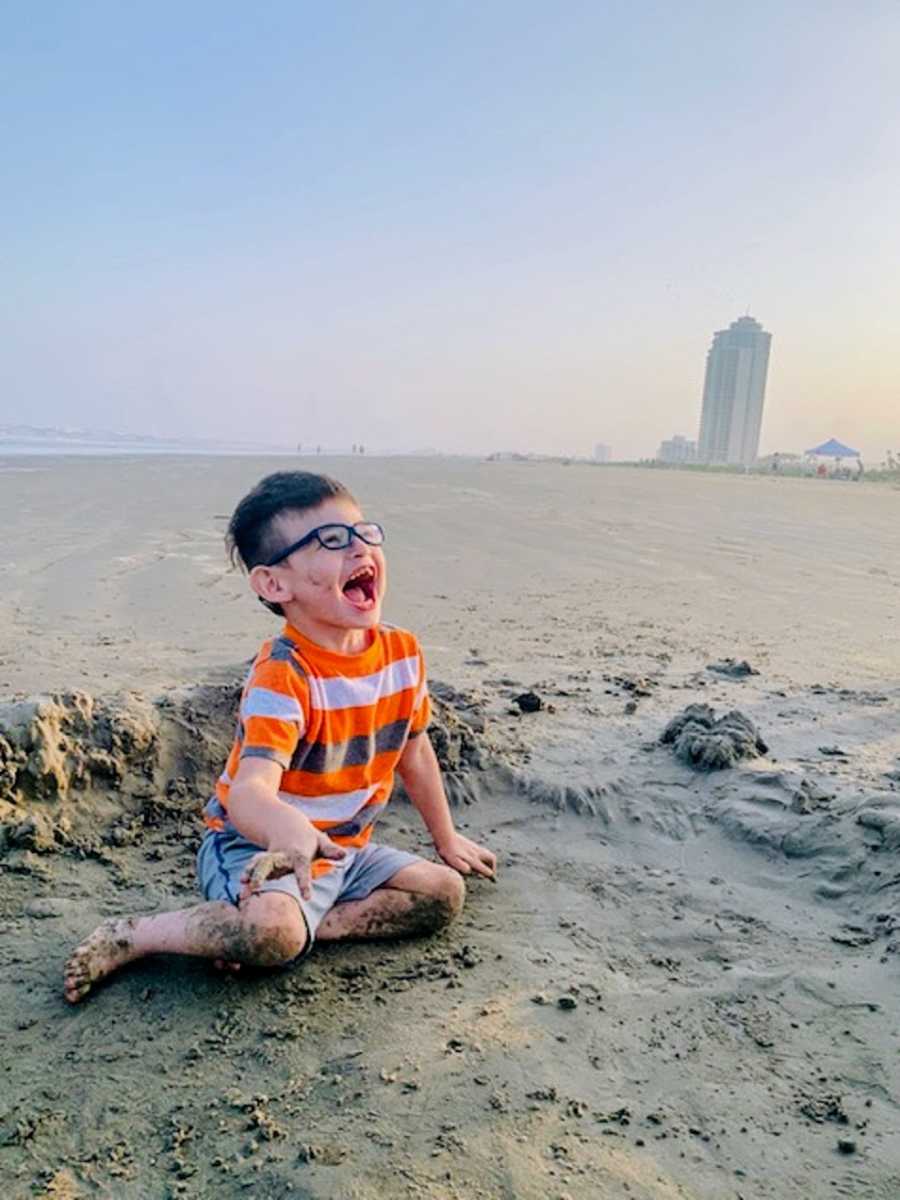
I wake up every morning and remind myself this: ‘The hand I have been dealt doesn’t get to dictate how I live my life or how I feel.’ And as things progressed over the next 2 years up to now, I continue to battle Addison’s and fight the best way I know how. Staying informed and listening to my body.
The tricky part continues to be the treatment for the condition (life-long steroids), as these have other long term impacts. I have to take high doses of calcium and vitamin D to maintain bone density, as the steroids have already put me in the Osteopenia range. I have to check my glucose levels several times a week as its caused me to become hypoglycemic. My aldosterone levels are now also impacted and I am trying to manage through a higher sodium and protein diet which is counter-intuitive to the diet I need to maintain for my kidney disease, so my stones and pain have increased.
It’s all a balancing act. My doctors and I have to determine, in the grand scheme of my medical issues, which ones take priority and which ones I need to live with progressing. But I continue to take control where I can. I wake up. I put my pants on one leg at a time. I assess how I am feeling and what I will be able to accomplish for the day. And I remind myself I am able. Some days are better than others. Some days, I have more spoons to work with, others I don’t. Rather than being hard on myself for not being able to accomplish the things I want, I take stock of what I am able to accomplish and plan anything missed for anther day. It’s an exercise in prioritizing my life.
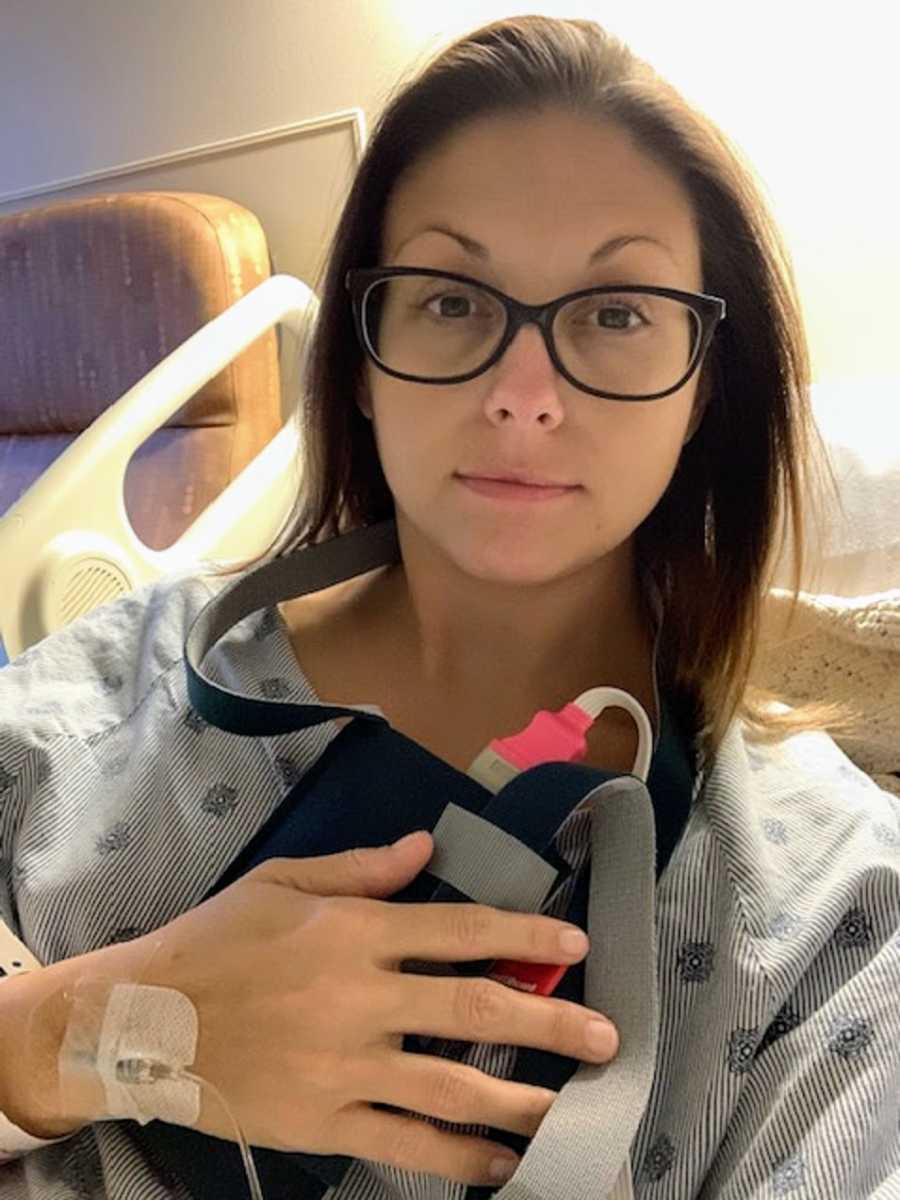
As much as I want everyone to believe I have everything together and am always my happy self that my friends see, here is what I will say. I am not a robot. I keep a positive attitude and mindset as much as I can, but I have completely awful days just like the everyone else. Chronic illness impacts every person differently. I want people to know and understand the daily struggle of even getting up in the morning. If you see this on social media from people with chronic illness, it’s not a cry for attention and not even for help. It’s a cry for understanding and awareness.
You get pulled into these groups for all sorts of various illnesses and it can be very negative, yes, but it’s just our reality. We want, and many of us have, happy lives and we do what our bodies enable us to do. It’s different for each and every one of us. I have been (what I consider) one of the more fortunate thus far. As I get older I lose a tiny bit more of the freedoms I thought I would have by my age, but I choose to focus on the abilities I still have. There may be a day where I am not as able, but for now I choose to celebrate what I have and push the limits I can.
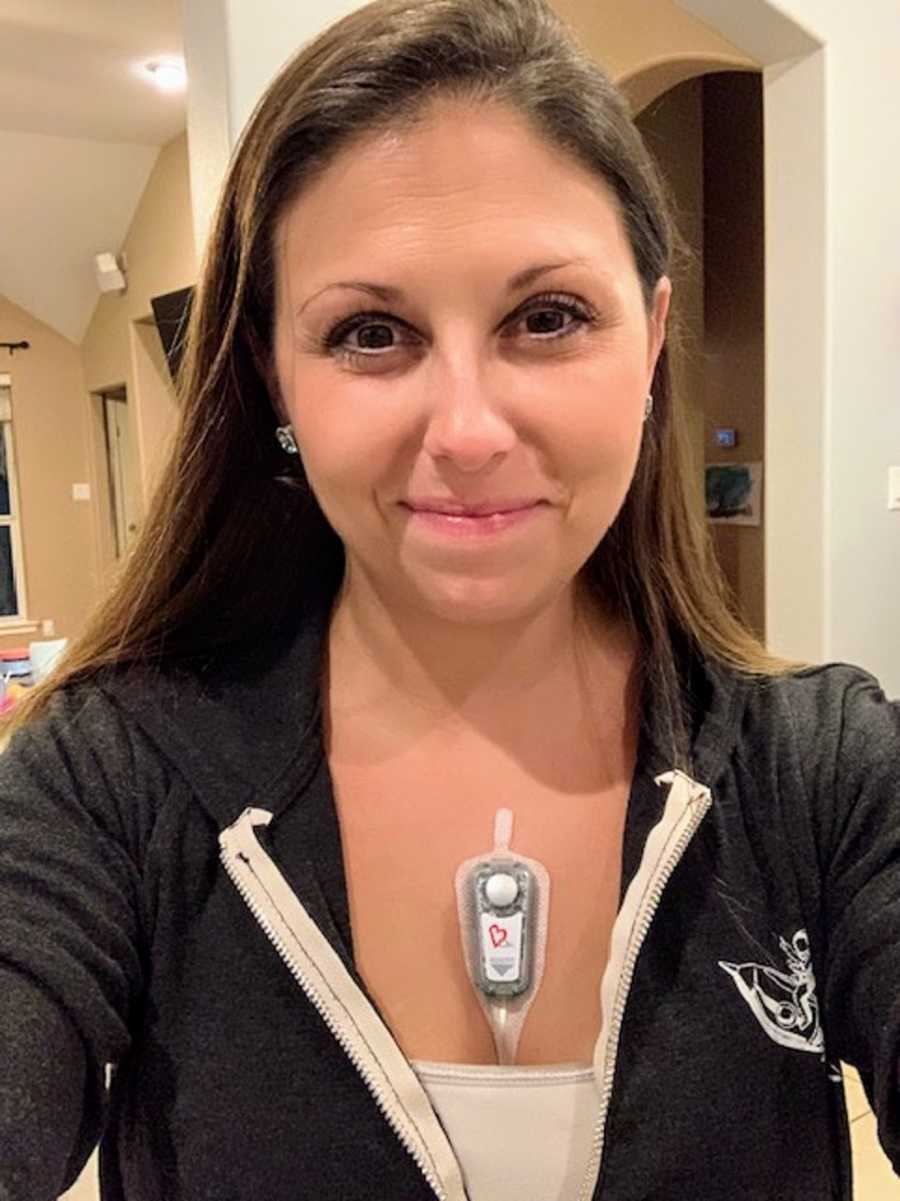
That’s not to say I don’t need to throw myself a pity party every now and then. Sometimes I have no control over when those emotions start to fly, but eventually I get my ass back up off the floor and see the life I still have yet to live. That’s my hope for everyone else who struggles with any chronic ailment, whether physical or mental.
There isn’t one person in this universe who doesn’t have a story. Who hasn’t had to overcome something. People with chronic illness have to overcome every single day… for the rest of our lives. And knowing that is hard. That’s what makes us the most resilient, toughest people on this planet. If you got up today and got out the door, or if you tried and couldn’t bring yourself to do it today, it doesn’t matter. You are a superhero. Every single one of you. Tomorrow is just another fight.”

This story was submitted to Love What Matters by Maegan Sheiman of Houston, TX. You can follow their journey on Instagram or on her blog. Submit your own story here and be sure to subscribe to our free email newsletter for our best stories.
Read more stories like this:
Do you know someone who could benefit from reading this? SHARE this story on Facebook with family and friends.

